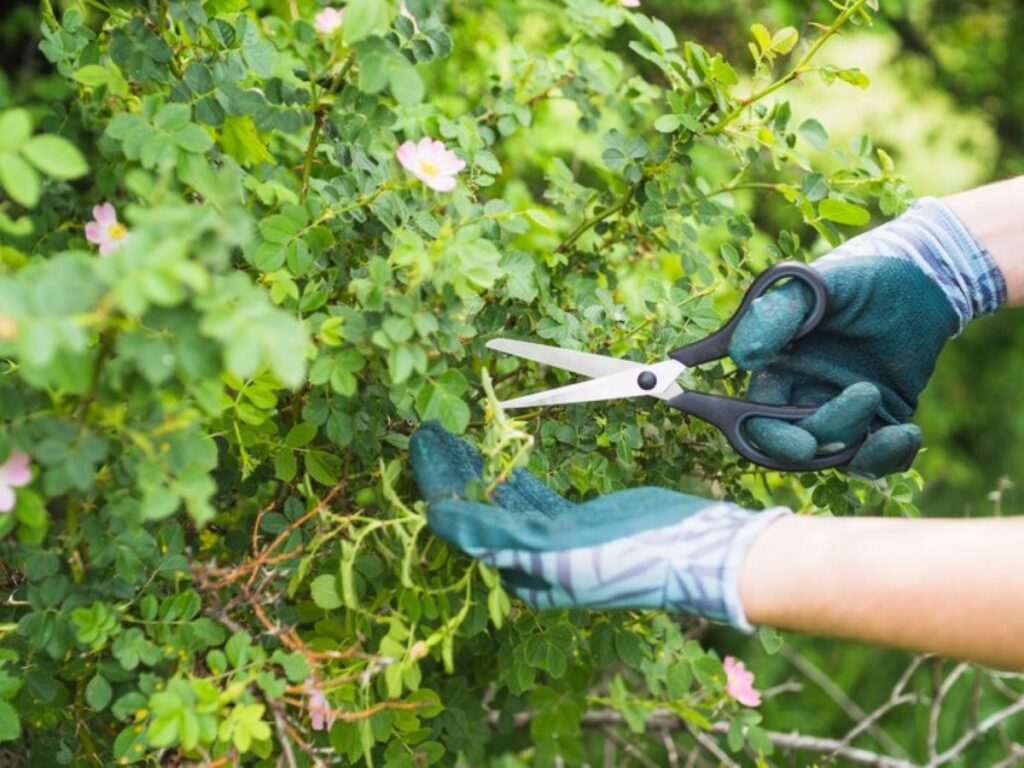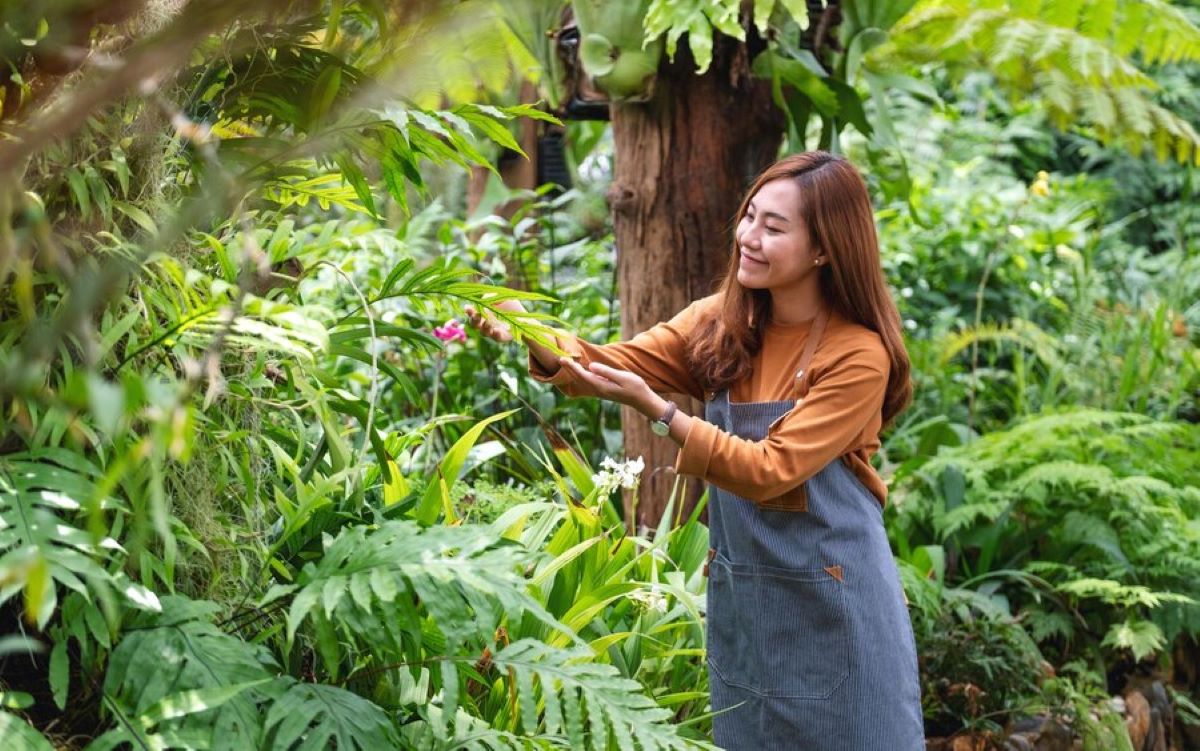Tree Pruning Costs Explained: What to Budget for Professional Services
Tree pruning plays a crucial role in maintaining the health and aesthetics of your trees. However, it’s essential to understand the costs associated with this service to effectively budget for professional tree pruning services. In this article, we’ll delve into the various factors that influence tree pruning costs and provide helpful tips for budgeting. So let’s get started!
Understanding Tree Pruning
What is Tree Pruning?
Tree pruning is a horticultural practice that involves selectively removing specific branches or parts of a tree. It is done to improve the tree’s structure, promote healthy growth, and enhance its overall appearance. Pruning also helps mitigate safety hazards by eliminating weak or diseased branches that could pose a risk to people or property.
When it comes to tree pruning service, there are different techniques that arborists use depending on the tree species, its age, and the desired outcome. Some common pruning methods include crown thinning, crown raising, and crown reduction. Crown thinning involves selectively removing branches throughout the canopy to improve light penetration and air circulation. Crown raising focuses on removing lower branches to provide clearance for structures or pedestrians. Crown reduction, on the other hand, entails reducing the overall size of the tree while maintaining its natural shape.
Why is Tree Pruning Necessary?
Regular tree pruning is vital for several reasons. First, it helps maintain the integrity and structural stability of the tree. By removing weak or overcrowded branches, pruning promotes proper distribution of nutrients throughout the tree, ultimately supporting its growth and longevity.
Additionally, tree pruning helps enhance air circulation within the canopy, reducing the risk of disease and insect infestation. Pruning also plays a role in shaping and training young trees, promoting desirable growth patterns.
Another important aspect of tree pruning is the timing. The best time to prune a tree can vary depending on the species. For most trees, pruning during the dormant season (late fall to early spring) is ideal as it minimizes stress on the tree and reduces the risk of disease transmission. However, some species may benefit from pruning immediately after flowering to encourage new growth.
Factors Influencing Tree Pruning Costs
Size and Number of Trees
The size and number of trees directly affect the cost of pruning. Larger trees generally require more time, labor, and equipment to prune effectively. The height and spread of a tree can impact the complexity of the pruning process, as reaching higher branches safely may require specialized equipment or additional safety measures. Additionally, the number of trees on a property can also influence the overall cost, as each tree will require individual assessment and pruning techniques.
Furthermore, the age of the tree can also play a role in determining pruning costs. Older trees may have more extensive growth patterns and structural issues that need to be addressed, requiring extra time and expertise from arborists.
Tree Species and Condition
The species and condition of the tree also impact pruning costs. Some tree species are more challenging to work with, requiring specialized techniques and equipment. For example, trees with dense foliage or thorns may require more careful handling during pruning to avoid injuries to the arborist. Additionally, certain species may have specific growth patterns that necessitate tailored pruning methods for optimal results.
Moreover, the overall health and condition of the tree can affect pruning costs. Trees that are diseased or structurally compromised may require additional care and precautions, such as sanitation practices to prevent the spread of disease or bracing and cabling to support weak limbs. These factors can increase the time and effort needed to prune the tree effectively, thus impacting the overall cost of the service.
Location and Accessibility
The location and accessibility of the trees play a significant role in determining pruning costs. If the trees are situated in a hard-to-reach or confined space, it may require more effort and resources to safely carry out the pruning job. Factors like nearby structures, power lines, or uneven terrain can affect accessibility and influence the overall cost. In urban areas, trees located close to buildings or roads may require additional precautions to prevent damage to property or ensure the safety of pedestrians and vehicles passing by.
Furthermore, the proximity of the trees to amenities such as water sources or parking areas can also impact pruning costs. Arborists may need to set up equipment or transport pruned branches over longer distances, adding to the overall time and labor involved in the pruning process. Additionally, accessibility challenges such as limited parking space for equipment or restrictions on working hours in residential areas can contribute to higher pruning costs due to logistical constraints.
Breakdown of Tree Pruning Costs
Labor Costs
Labor costs typically make up a significant portion of the overall tree pruning expenses. The complexity of the pruning job, including the height, size, and condition of the tree, will determine the amount of labor required.
Experienced arborists or tree care professionals will assess the tree’s needs, determine the appropriate pruning technique, and allocate the necessary manpower to complete the job efficiently and safely.
Moreover, the expertise and experience of the laborers play a crucial role in the cost breakdown. Highly skilled arborists may charge a premium for their services, but their proficiency ensures that the pruning is done correctly, promoting the tree’s health and longevity.
Equipment and Material Costs
Tree pruning often requires specialized equipment and tools, such as chainsaws, pruning shears, safety gear, and climbing equipment. These tools, along with the cost of materials like tree wound dressings and disinfectants, contribute to the overall cost of the service.
In addition to the basic tools, some pruning jobs may necessitate the use of advanced equipment like cherry pickers or cranes for reaching tall or inaccessible trees. The rental or operation of such machinery can significantly impact the total cost of the pruning project.

Additional Services and Their Costs
Sometimes, tree pruning may entail additional services that can increase the cost. For instance, if the trees require extensive debris removal or stump grinding, you can expect higher overall expenses. Additionally, some companies offer post-pruning treatments like pest control or fertilization, which may incur additional charges.
Furthermore, the proximity of the trees to power lines or structures can also influence the cost, as special precautions and additional safety measures may need to be implemented to prevent accidents or property damage during the pruning process. These considerations add to the complexity of the job and may result in higher overall costs for the service.
Hiring a Professional Tree Pruning Service
Benefits of Hiring Professionals
While you may be tempted to tackle tree pruning yourself, hiring professionals offers several advantages. Professional arborists possess the expertise and experience to handle tree pruning safely and effectively. They are knowledgeable about tree biology, pruning best practices, and can maximize the health and longevity of your trees.
Moreover, professional tree pruning services often come with insurance coverage, protecting you from potential liabilities and damages that may arise during the pruning process.
Professional tree pruning services can also provide additional benefits beyond just tree care. For example, they can offer advice on tree selection and placement for future landscaping projects, ensuring that your outdoor space remains visually appealing and structurally sound. Additionally, arborists can detect early signs of tree diseases or pest infestations, helping you address potential issues before they escalate.
By investing in professional tree pruning, you are not only enhancing the aesthetic appeal of your property but also contributing to the overall health of your trees and the surrounding environment.
How to Choose a Reliable Tree Pruning Service
When selecting a tree pruning service, it’s essential to do your due diligence. Consider the company’s reputation, certifications, and qualifications. Look for reviews and testimonials from previous customers to gauge the quality of their work.
Obtaining multiple quotes from different companies will help you compare prices and services. Don’t be hesitant to ask for references and proof of insurance before making your final decision.
Budgeting for Tree Pruning
Estimating Your Tree Pruning Costs
To budget effectively for tree pruning, start by assessing your specific needs. Consider factors like the number and size of trees, their species, and the level of pruning required.
Obtain quotes from reputable tree pruning services in your area, ensuring that they provide detailed breakdowns of costs. This will help you make an accurate estimation of the expenses involved.
When estimating your tree pruning costs, it’s essential to consider the complexity of the job. For instance, if you have tall trees with branches extending over your home or power lines, the pruning process may require specialized equipment and expertise. This can impact the overall cost, as the arborists will need to take extra precautions to ensure the safety of your property and themselves.
Another factor to consider is the type of trees you have. Different species may require different pruning techniques and have varying growth patterns. Some trees may have dense canopies that require more extensive pruning, while others may need only minimal maintenance. By understanding the specific needs of your trees, you can better estimate the time and effort required for pruning, which will ultimately affect the cost.

Tips for Budgeting Tree Pruning Services
Here are some tips to help you budget for tree pruning services:
- Prioritize the most crucial trees that require pruning, especially those posing safety risks or affecting the aesthetics of your property. By focusing on these trees first, you can allocate your budget more effectively and address the most pressing concerns.
- Consider scheduling tree pruning during periods when companies may offer discounts or offseason rates. Many tree pruning services have slower seasons when they are more likely to provide cost-saving incentives to attract customers. By taking advantage of these opportunities, you can potentially reduce your overall expenses.
- Regularly maintain your trees through pruning to avoid costly emergency situations in the future. Neglecting tree maintenance can lead to overgrown branches, weakened structures, and an increased risk of falling limbs. By investing in regular pruning, you can prevent potential hazards and save money on emergency tree removal or property damage.
- Explore financing options or payment plans offered by tree pruning companies, if available. Some reputable tree pruning services may offer flexible payment options to help you manage the cost of the job. This can be particularly helpful if you have a large number of trees or extensive pruning needs.
- Remember that quality tree pruning is an investment in the health, beauty, and value of your property. Allocating a reasonable budget will ensure the job is done professionally and efficiently. While it may be tempting to choose the cheapest option, keep in mind that inexperienced or unqualified tree pruners can cause more harm than good. It’s worth investing in a reputable service to ensure the long-term health and aesthetics of your trees.
By understanding the factors influencing tree pruning costs and following these budgeting tips, you’ll be well-prepared to account for professional tree pruning services in your financial planning. Remember, investing in the care of your trees now can save you from more significant expenses down the line.
Additionally, it’s worth noting that some tree pruning services offer additional services that can enhance the overall health and appearance of your trees. These services may include tree fertilization, pest control, or disease management. While these services may come at an additional cost, they can provide long-term benefits and help you maintain the vitality of your trees.
When budgeting for tree pruning, it’s essential to consider the long-term value of your investment. Well-maintained trees not only enhance the curb appeal of your property but also provide shade, improve air quality, and contribute to the overall well-being of your environment. By allocating a reasonable budget for tree pruning, you are making a wise decision that will benefit both your property and the natural surroundings.
See Also: The Benefits of Regular Palm Tree Pruning in Sydney



